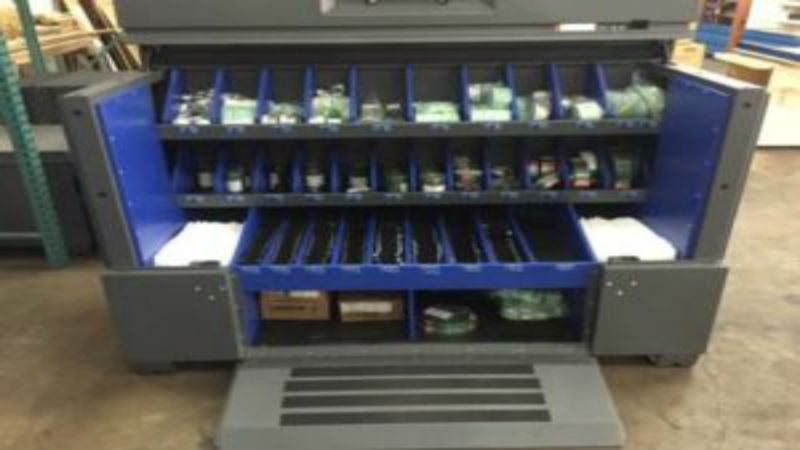Not all plasma cutters are CNC (Computer Numerical Control) machines, but the vast majority of in-house machines will be operated using this technology. Hand-held types of plasma cutters are not CNC, but that doesn’t mean they can’t be highly effective in the hands of the right operator.
The big benefit to using a computer controlled plasma cutter is the ability to precisely and accurately create a shape from simple to very complex. However, it is not just the ability to create the shape once with precision; it is the ability to repeat it as often as necessary to create virtually identical parts or components.
The other factor that needs to be considered is the efficiency that a computer controlled plasma cutter offers to any shop. Once the plate is in place and the CAD software set, it is really just the matter of the operator pushing a button to start the process. From there, the equipment operates on its own without the need for any additional human interaction.
The Basics
While there are different designs and features in computer controlled plasma cutter models and manufacturers, they all have the same basic elements. The system will include the software component, the control of the system (onboard or separate computer), the gantry to hold and move the torch, a table as well as some way to remove smoke, dust, and fumes from the area.
To get started, the operator will input the drawing or details of the project into the computer using the software provided. Some systems are very user-friendly, and just basic computer skills are all that will be required to create and finalize the model.
Next, the equipment is inspected, and consumables changed if needed for the given project. The metal is positioned on the table, and the system is started. The computer will do all the work, guiding the gantry holding the torch for the precision cutting based on the computer model.






